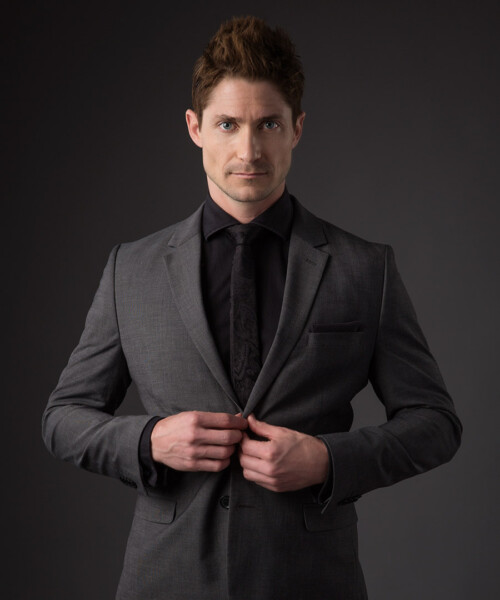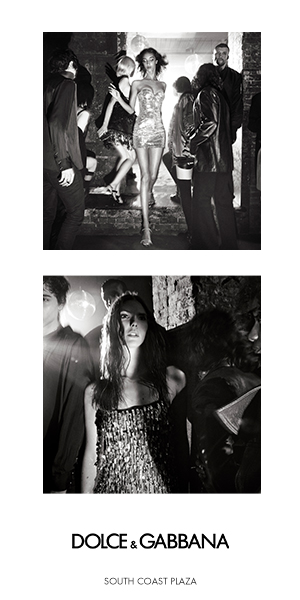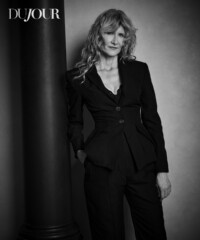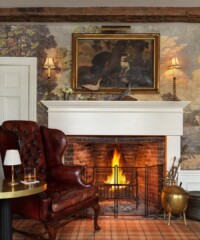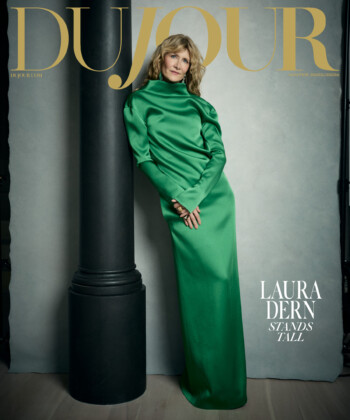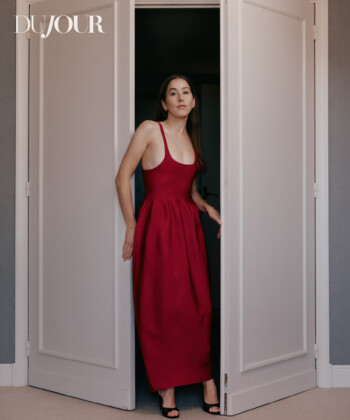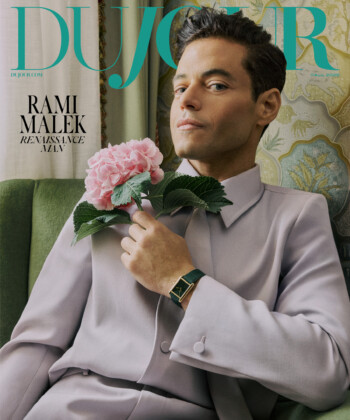There are more than a few impressive components of Tomorrowland, the eye-popping new feature from filmmaker Brad Bird, including feats of inter-dimensional travel and some astonishingly advanced weaponry. Another notable aspect of the film is the presence of Matthew MacCaull, the 37-year-old, Canadian-born actor who plays the maniacally grinning bad guy Dave Clark.
Here, MacCaull explains how he landed the part, what made filming so exciting and how it was he came to blows with his leading man.
You auditioned for the role of Dave Clark more or less not knowing anything about him.
I had no information about who he was, what his background was, where he was coming from, or what he was even doing in the scene I got to read. It was just a one-page thing, and it looked like he was a cop or detective. The only thing else that I knew was that his name was Dave Clark, and that the writer and director—Damon Lindelof and Brad Bird—were involved in the casting and that it was called Tomorrowland and that it was a Disney movie. I figured these guys must be producing a really cool, very interesting film.

Matthew MacCaull
How do you go after a role you know so little about?
Brad had done The Incredibles, he did Ratatouille, he did Mission Impossible: Ghost Protocol; he had made really awesome adventure and action movies. And Damon Lindeloff’s work, from Lost to Prometheus, had so many really interesting ideas, I just figured that there was something really cool and interesting about this character that they weren’t telling me, and that it was my job to figure out what it was going to be.
I started thinking about the Dave Clark Five, the 1960s band, and I had that sense that it would be really cool to bring up a youthful playfulness to David. But since the ’60s were also this time of great unrest, I thought it would be interesting if I could bring that to the character as well.
Without giving away too much, it’s safe to say Dave isn’t quite like everyone else. Did preparing to play him require any special training?
Absolutely. I had to bring on a whole new physicality and behavior to the character. So, I created a playlist of music from the 1960s, from Sam Cooke to The Flamingos and the main theme from Bullitt, and try to get this sort of swagger to him. But then I also wanted to bring a sense that there was something other about him, cause I didn’t want to give away who he was right away. You want to give the audience a sense that there’s something else is going on with this guy without ruining the movie for them.
One of the greatest things about the film is all the over-the-top technology. Were there lasers and hover-boards laying around everywhere on set?
I’ve been involved with large productions before, but this really takes the cake. There is such cool production design for this movie, everything from the set to the amount of detail they put into the props was done amazingly. It was so fantastic to be on a movie where they’ve got the budget to do so many cool graphics, and even with so many computer-generated effects, they still opted to build a fantastical set that really gave the actors awe and wonder as well. That really translates into the finished film.
With so much going on, what was your favorite part of filming?
Dave Clark’s introduction scene was the biggest day of filming I’ve ever had in my life. There’s a little known actor named George Clooney who’s leading this movie, but on the day that the Dave Clark character is introduced, I was the number-one actor on the call sheet. The importance of doing a good job that day was not lost on me.
You also have one of the film’s more memorable fight scenes. How do you get ready for something like that?
I’ve been going to the gym for years, and I’m always, in my mind, trying to prepare for a role. But when we got to shooting those sequences, there were a lot of technical components: you have to throw a punch this way or you have to sort of catch the light that way. You really have to pay attention to so you can tell the story properly.
However, during one of the takes, I bring my gun up to George Clooney’s head. And they had me do it so many times that I eventually beaned him right in the temple, and you could see it was really painful and really bad. I delivered the lines and we got the take, but as soon as they called cut you could see the pain shoot through George Clooney’s body. Luckily, he was so cool about it. He just said, ‘Don’t worry about it, it’s not your fault. You get the take. Let’s move on.’
Yikes! Were you scared he was going to get you back?
I apologized profusely and definitely brought him a nice bottle of wine the very next day.

























